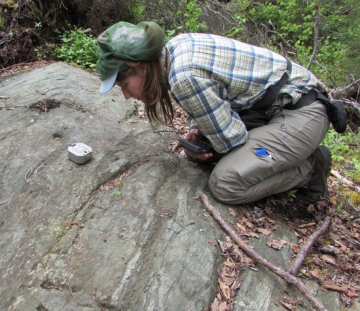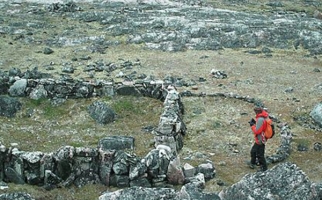
The Dating Habits of Archaeologists
STEM Explained
Radiocarbon dating is a method of radiometric dating. Learn how archaeologists use carbon isotopes to find the age of organic materials at archaeological sites.
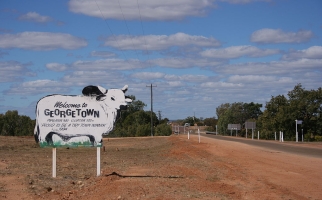
How Did a Piece of Canada End Up in Australia?
STEM Explained
Learn how geologists used radioactive dating to uncover geology shared by both Canada and Australia.
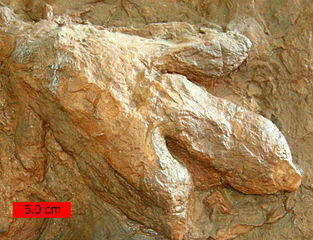
How did dinosaurs leave fossils behind?
Hands-on Activities
Using a toy dinosaur and some plaster of Paris, learn how dinosaur footprints could become fossils.
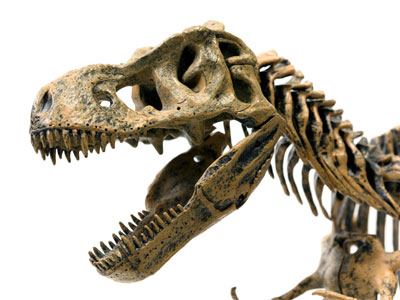
How big were dinosaurs?
Hands-on Activities
Some dinosaurs were very big! Compare the sizes of different dinosaurs to the sizes of familiar objects you see in your community.
Jordan Mallon
Career Profiles
Research Scientist in Palaeobiology
Jordan Mallon is a research scientist in palaeobiology for the Canadian Museum of Nature.
